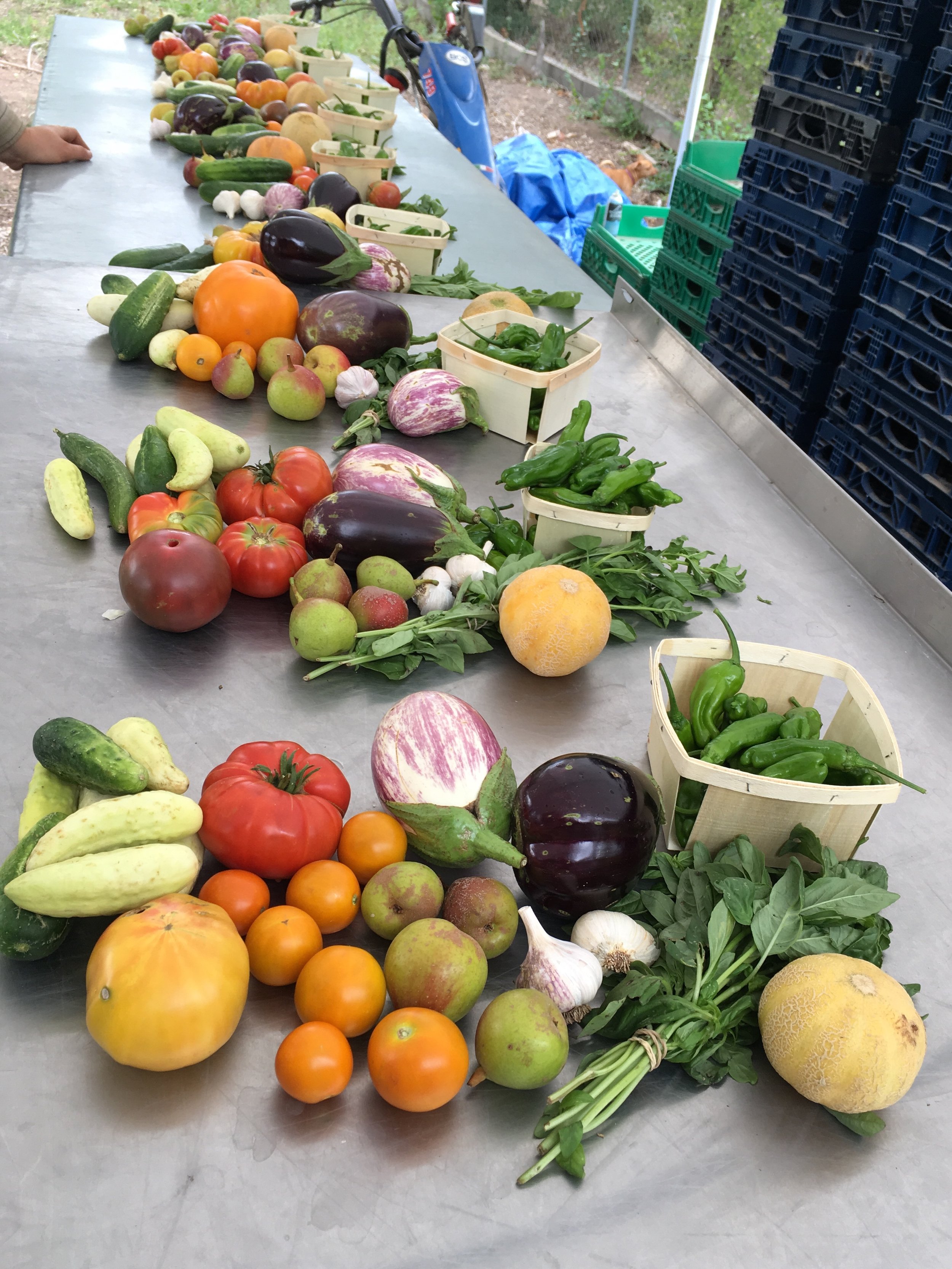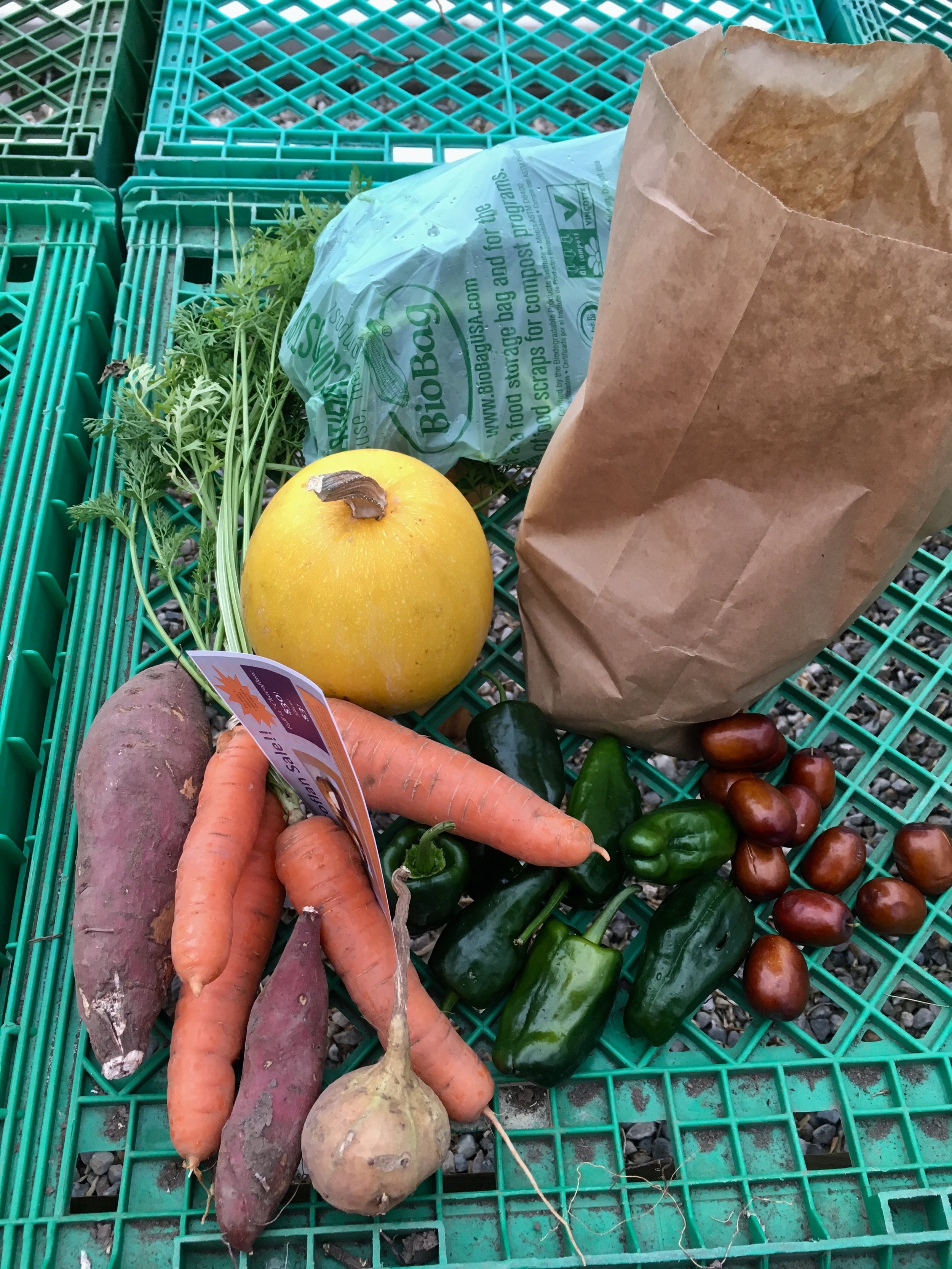My paltry little set of saved seeds is nothing compared to Svalbard. But it’s not nothing. I’m happy to be doing my tiny part in the global mission to save the “genetic resource” that is seed diversity.
For more on that, I’d recommend this recent article as a must-read: “Seed diversity is disappearing” by Mark Schapiro for Salon. He tells a story that’s relevant and vital for all of humanity, starting at Tucson’s Native Seeds/SEARCH, where I participated in a two-day seed-saving workshop back in March.
By 2018, after a frenzy of mergers and acquisitions, just three companies controlled more than half of all seed revenues, and a growing percentage of the living germplasm embedded in those seeds. The primary business for all three, now fused into globe-stretching merged companies—DowDuPont, Bayer-Monsanto, and Syngenta-ChemChina—is not seeds, but agricultural chemicals. The combination of chemical and seed companies is giving rise to seeds that are born addicted to chemicals for their survival—entire generations full of crack-baby seeds.
One major result has been the accelerating disappearance of seed diversity at just the time when we require a broader genetic spectrum to adapt to the volatile impacts of our changing climate. Changes in growing conditions are convulsing the planet’s food-growing lands. The changes are coming more quickly, and less predictably, than our ability to breed seeds can respond. The time by which adaptability to new conditions must occur is shortening. We can no longer wait the average five-to-ten- or even fifteen-year time span needed to breed a new variety.
Not only is it getting hotter and drier, tumult in the atmosphere is delivering conditions that we can no longer predict, which means that agriculture has to respond both to the current set of conditions, and to new and more volatile conditions, which may be just a season or two ahead. Climate change is heightening the stakes in our search for seeds that can adapt to an accelerating pace of unknowns. “There’s no precedent at all for what we’re going to see,” George Frisvold, a professor of Agricultural and Resource Economics at the University of Arizona, told me, when I visited him in his office on the other side of town from Native Seeds/SEARCH in Tucson. Frisvold served on President Clinton’s Council of Economic Advisers where, in the 1990s, he began trying to gauge the impact of climate change on our food system. Now, it seems, the concerns they had at the time are coming true like a chronicle foretold. “We don’t really know how bad it’s going to get.”
A diversity of seeds is imperative to enable us to withstand this period of accelerating environmental stress.














